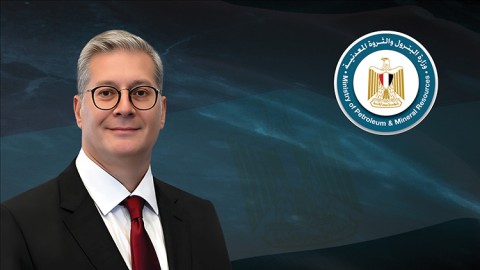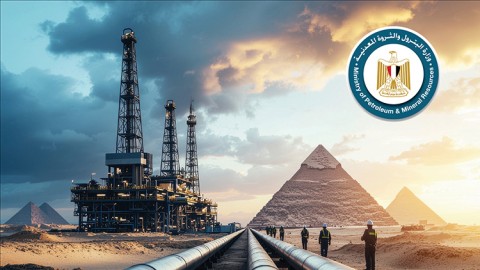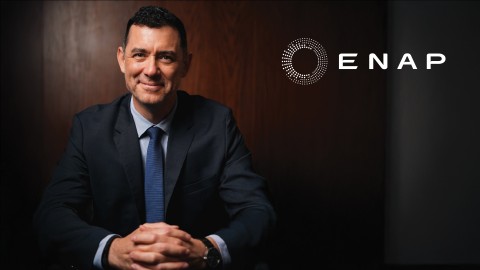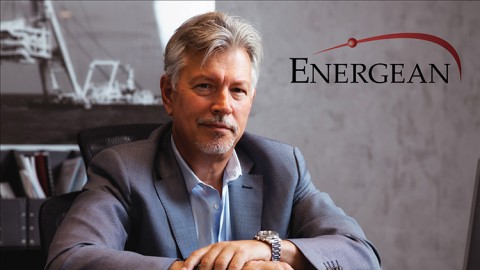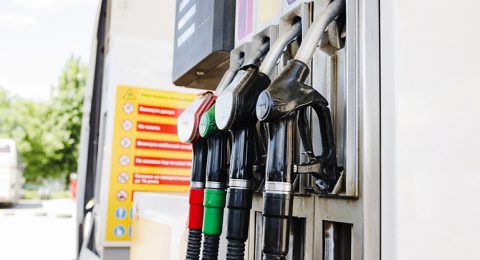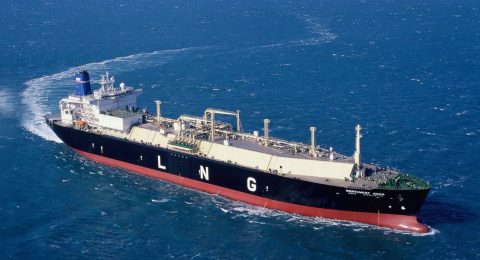Iran began drilling operations at phase 11 of the South Pars oil field last week with aim of recovering natural gas in March 2021.
The field is rich with natural resources with estimates of 14.2 trillion cubic meters (tcm) of gas and 18 billion barrels of gas condensate representing about 8% of the world’s gas reserves and accounts for around half of Iran’s domestic gas resources. The National Iranian Oil Company (NIOC) aims to reach production of 57 million cubic meters (mmcm) of gas at phase 11. NIOC’s Deputy Chief Executive, Reza Dehghan, stated that “in total, the development plan of Phase 11 has 24 wells, two platforms and a gas flow pipeline to the coast, and the second platform will be installed in another location.”
The field development has been in progress since 2002, however, political turmoil have affected its development after Total and China pulled out of the project. This has added pressure to Iran’s financial burdens as figures from GlobalData show that Iran plans to spend $21 billion in capital expenditure (CAPEX) on its oil projects between 2018 and 2021. On top of that, the lack of foreign investment for the South Pars phase 11 development will not ease the financial burden for Iran.
Dehghan commented that “the project was originally supposed to be financed by a foreign investor [but given] the existing conditions, the National Iranian Oil Company will tap internal instruments and resources like sale of participation bonds.”

